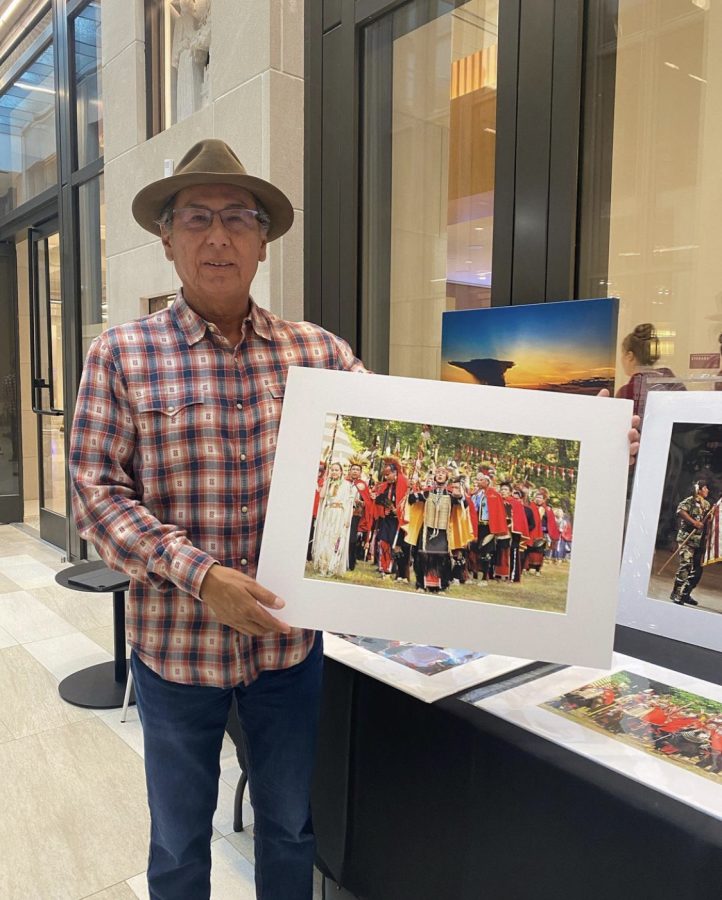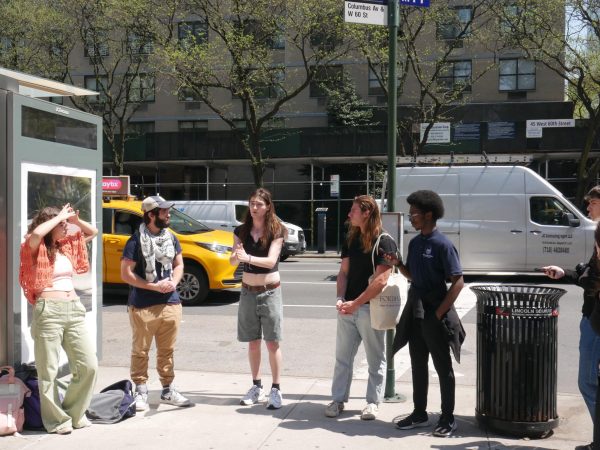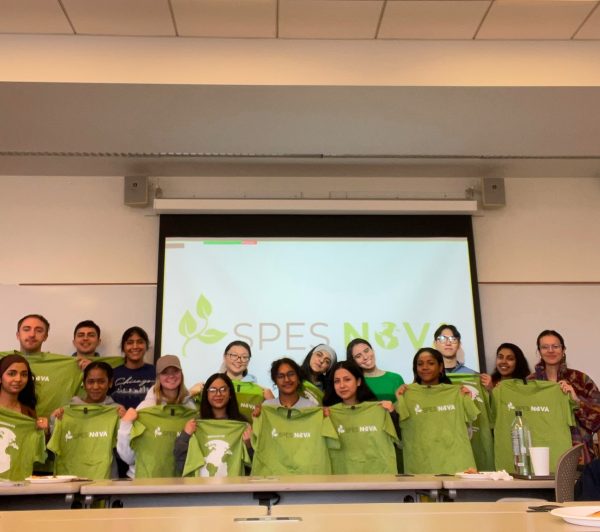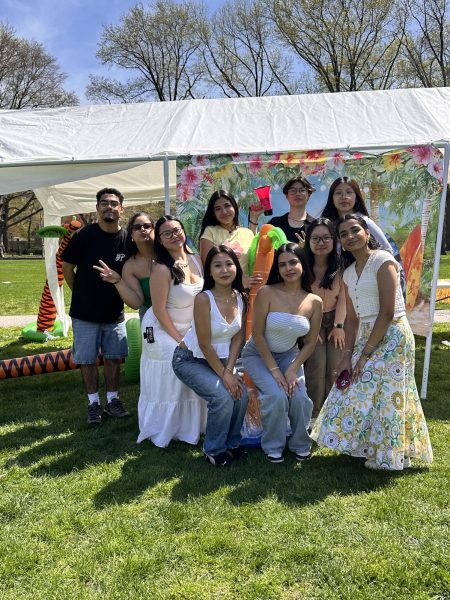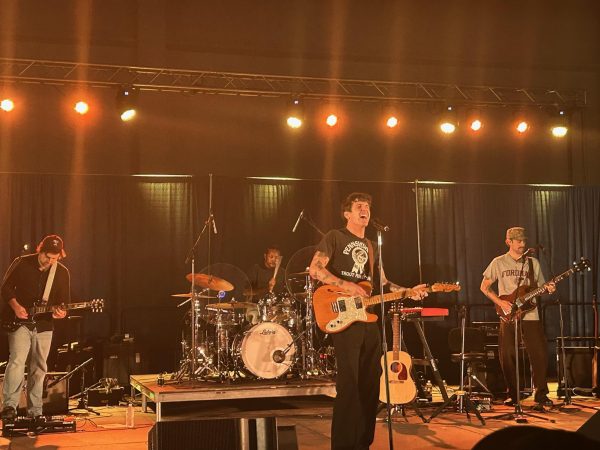OMA Celebrates Native and Indigenous Peoples Month
During November, the Office of Multicultural Affairs (OMA) celebrates Native and Indigenous People’s Month (NAIPM).
The Native American community has existed in the Americas for thousands of years, the country only recognized the heritage month in the 1990s. In 1990, former President George H. W. Bush adopted a joint resolution establishing November as “National American Indian Heritage Month.”
Since 1994, similar proclamations have been made under different names (such as “Native American Heritage Month” and “National American Indian and Alaska Native Heritage Month”). The process leading up to this formal recognition was gradual.
Arthur C. Parker, Ph.D., a member of the Seneca nation and the director of the Museum of Arts and Science in Rochester, N.Y. started the recognition process.
He convinced the Boy Scouts of America to designate a day for the earliest Americans, and they did so for three years.
In 1915, an official plan for an “American Indian Day” was accepted at the annual Congress of the American Indian Association in Lawrence, Kan. It instructed its Arapahoe president, Rev. Sherman Coolidge, to urge the nation to recognize such a day. On Sept. 28, 1915, Coolidge signed a proclamation declaring the second Saturday of May as American Indian Day and containing the first official call for American Indians to be recognized as citizens. Following this proclamation, the governor of New York proclaimed the first American Indian Day on the second Saturday in May, 1916.
Then, legislators in other states began to recognize this day, such as Illinois which first recognized it in 1919. Currently, Columbus Day is recognized as Native American Day in a number of states, but it is still not designated a national legal holiday.
The Fordham community celebrates Native American Heritage Month each November. Before the COVID-19 pandemic, the university honored Native American Heritage with big events, including everyone from students at Fordham to others in the broader New York community. OMA said that these events used to consist of cultural activities such as face painting. However, things have since needed to be scaled back to keep people safe from the virus. This year, OMA is hosting a variety of events such as a Native American arts night, a group trip to the Metropolitan Museum of Art and a screening of the documentary
“Powerlands,” which explores the displacement of Indigenous people in the U.S. in relation to environmental destruction. One event that OMA hosted was a festival that promoted Native American businesses in the McShane Campus Center. Students were able to browse the variety of products arranged on each table and sample food products.
Some students said that the maple syrup drops shaped like maple leaves and created by the Passamaquoddy Maple Company were their favorite product. They are owned by the Passamaquoddy people and use sustainable maple harvesting.
Ayesha, a student worker in OMA, explained that since there are so few Native American communities remaining in the United States, it is important to understand the contemporary reality of Native American life and culture instead of the historical images of Native American involvement that prevail in people’s minds. She said that most tend to think of Native Americans within historical narratives, such as Thanksgiving, but they don’t recognize how Native Americans are relevant today.



































































































































































































